A Blanco Silgranit sink is a popular choice for many kitchen remodels and new home builds. Made of a mixture of granite and acrylic, Silgranit sinks provide both style and durability. However, it’s important to weigh the pros and cons of this material before making a purchase decision.
Silgranit sinks have advantages like strength, scratch resistance, and a luxurious appearance. At the same time, their maintenance requirements and higher price points are disadvantages to consider. Comparing both sides will help homeowners understand if a Silgranit sink is the right fit for their needs and budget. In this blog post, we will explore some of the key pros and cons that should be evaluated.
Pros and Cons of Blanco Silgranit Sink
Pros of Blanco Silgranit Sink
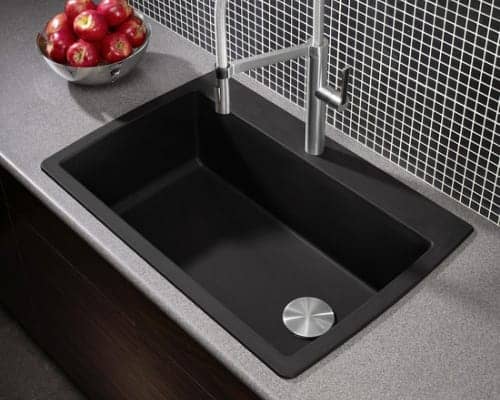
1. Durability:
When shopping for a kitchen sink, you want to find one that not only looks gorgeous, but can stand up to whatever you throw at it on a daily basis. After all, this hard-working hub is where we prep meals, do dishes, and tackle all kinds of messy kitchen tasks. Over time, lesser materials can show wear and tear that has us dreaming of replacement way sooner than we’d like.
Luckily, there’s a sink material on the market that offers both enduring good looks and muscle to back it up – Blanco Silgranit. This composite blend combines the natural beauty of granite with high-tech durability for a finish that maintains its pristine shine even with heavy use.
Made of 80% real granite bonded with an acrylic matrix, Silgranit inherits the super-strong crystalline structure that makes granite a staple in countertops. Those tiny granite grains give it serious heft to resist scratching, stains and chips that might mar lesser surfaces over the years. Meanwhile, the acrylic works behind the scenes to strengthen the granite’s structure and add protection from impact and cracks.
The end result is a sink that can take whatever you dish out in the kitchen – and keep on looking fabulous season after season. Whether you’re prepping a feast or scrubbing toughest messes, Silgranit just shrugs it all off without showing its age. I’ve seen these sinks holding up flawlessly in homes and commercial kitchens that see constant action.
Rather than looking dated after a few years, a Silgranit sink will still look as good as new long after less durable materials have given up the ghost. It’s a small investment that gives you enduring peace of mind. If you want knockout good looks combined with the brawn to back it up, a Blanco Silgranit sink is the way to go.
Also, read this How to install a Kitchen Sink?
2. Heat Resistance:
Another advantage of the Silgranit sink is its heat resistance. you go to wash the dishes and realize you left a hot pan sitting in the sink. With some materials, it’s a recipe for a scorch mark or discoloration that ruins the whole look. But Silgranit is engineered to take the temperature without batting an eyelash.
Its unique composite blend of granite and acrylic gives Silgranit extra heat resistance beyond what you’d expect from natural stone alone. The tight-knit granite grains disperse heat well, while the acrylic acts as a heat insulator that protects the surface.
This means you don’t have to worry if a fresh-from-the-oven casserole dish gets set in the sink to cool. Or if you need to soak a stubborn pot but don’t have time for the water to warm up first. Silgranit is tough enough to handle occasional high heat without showing any signs of stress.
Considering how often cookware cools in the sink between uses, that heat resistance can make a big difference in the long run. Sinks made from other materials may yellow or warp over time with repeated heat exposure. But a Silgranit sink maintains its pristine look no matter what temperature dishes you throw at it.
When choosing a sink material that holds up to daily use, heat endurance is an important factor. Silgranit delivers reliability in the kitchen without having to baby your sink. One less thing to stress about!
3. Easy to Clean:
One thing I really appreciate about Blanco Silgranit sink is how easy it is to keep clean. I’m sure any home cook knows the struggle of dealing with stubborn food or mineral stains that seem etched into regular sinks. But with this material, it’s like the messes never even happened.
Anything liquid just beads up and rolls right off the smooth surface. I think it has something to do with the non-porous quality that prevents stains from soaking in over time. So whether it’s a splash of red wine or leftover tomato sauce, I don’t have to stress over scrubbing for ages to remove it. Most of the time, a quick wipe down with a damp cloth does the trick.
On those occasions when something sticks around a little longer, all it takes is a squirt of mild cleaner. A light rub with a soft sponge and it wipes away clean as new. No harsh chemicals or elbow grease required! I appreciate not having to pull out the big guns just to tackle routine cleaning.
Read it How to Clean a Blanco Sink?
4. Variety of Colors and Styles:
I was really impressed by the many color and design options Blanco offered for their Silgranit sinks. It can be tough finding a sink that perfectly fits your kitchen’s aesthetic. But with Blanco, it seemed like they had a style for every type of decor.
Whether you’re going for an understated look with classic white or want to make more of a bold statement, they had you covered. Personally, I’m all about mixing things up with vibrant hues. So when I saw they had shades like ocean blue and mint green, I was sold.
It was also nice that they had both modern and traditional styles to choose from. I know some folks prefer that sleek, minimalist vibe. But I appreciated the sculpted details on certain models that gave more of an old-world charm.
With so many choices, it was fun to visualize which might work best. I could see the blue really popping against white cabinets. Or maybe the antique copper would warm up a farmhouse theme. In the end, I landed on one that brought a fun pop of color without overpowering the space.
Cons of Blanco Silgranit Sink:

1. Cost:
While Blanco Silgranit sinks certainly carry a higher price tag than other options, I’d argue they’re worth the investment. As someone who’s replaced cheaper sinks multiple times, I know how the upfront cost can seem steep. But in the long run, you really do get what you pay for.
Stainless steel and porcelain models may be easier on the wallet at first glance. But have you factored in how much you’ll spend constantly repairing chips, scratches and stains over the years? Not to mention replacing the whole thing every 5-10 years as cheaper materials start to show their age.
With Silgranit, you’re paying for a sink that will literally outlive any other renos or updates you do to your kitchen. I’m talking decades of flawless performance with very little maintenance. The non-porous surface makes it resistant to damage from daily use and the test of time.
When you think about it as an investment in your home that will retain its value, it becomes quite reasonable. Is a few extra bucks now really so bad to avoid constant repair costs later and love how your sink looks for life? Not to mention it could even increase your home’s value when you sell.
Don’t get me wrong – the price is definitely higher. But in the long run, Silgranit ends up being the most affordable choice when you factor in its longevity. For most people, the upfront cost becomes worthwhile for lasting beauty and reliability in their kitchen.
2. Susceptible to Scratches:
While Silgranit is quite durable, I’ve found it’s still possible to leave marks on the surface if you’re not careful. As much as I love how easy these sinks are to keep clean, it’s important to use the right techniques and products so they maintain that like-new look for years.
I’ve noticed some folks make the mistake of scrubbing too vigorously with abrasive sponges or using chemicals that are too harsh. Of course the sink isn’t completely scratch-proof, so being a bit rough can potentially mar the finish over time. Where some see “tough,” I see “not indestructible.”
That’s why I always stick to the care instructions Blanco provides. They suggest sticking to non-scratch scrubbers, mild soaps, and avoiding anything too gritty or acidic. A soft cloth and maybe a little baking soda or vinegar is usually all it needs.
Rather than harsh scratchy pads, I prefer using a soft-bristled brush or sponge. And if something is stubborn, letting it soak a bit first usually does the trick without much elbow grease. A little TLC goes a long way to keep that smooth surface pristine.
3. Limited Availability:
While Blanco kitchen sinks are widely available, I’ve noticed Silgranit models don’t seem to be stocked everywhere just yet. Since it’s a higher-end material, availability can depend more on your specific region.
When I first started planning my kitchen reno, I knew immediately I wanted a Silgranit sink based on the reviews. But shopping around online and in local stores, it seemed to be more elusive than expected. A few places had never even heard of the material!
After some calling around, I finally tracked down a specialty plumbing supplier a few towns over who carried the full line. Thankfully they were willing to do a store order for me. But it was a bit of a hunt that could have been frustrating.
So my advice would be to check in with suppliers beyond just the big box hardware stores nearby if availability is a concern. Places that cater specifically to contractors and serious renovators seem to be more likely to stock Silgranit.
Check our recommended kitchen sinks:


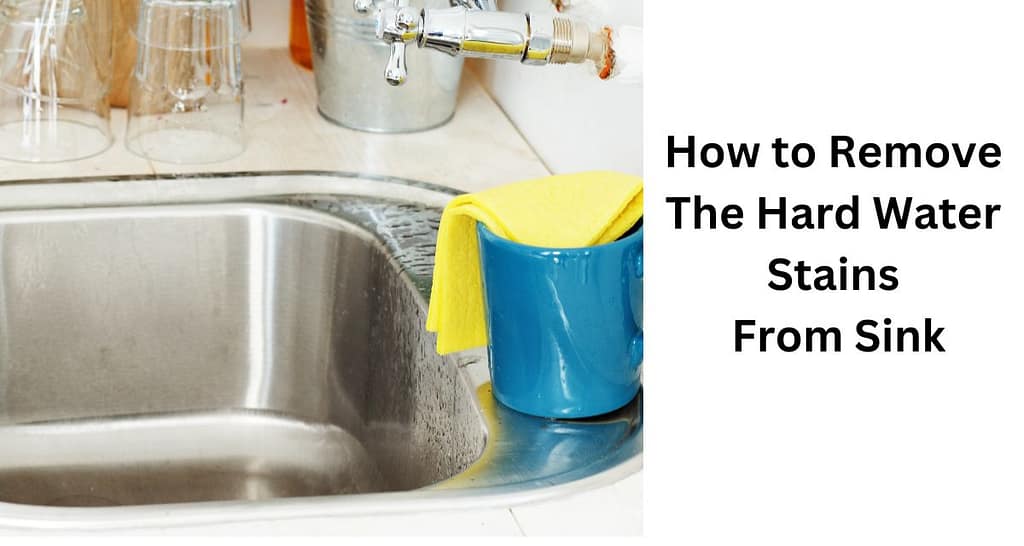
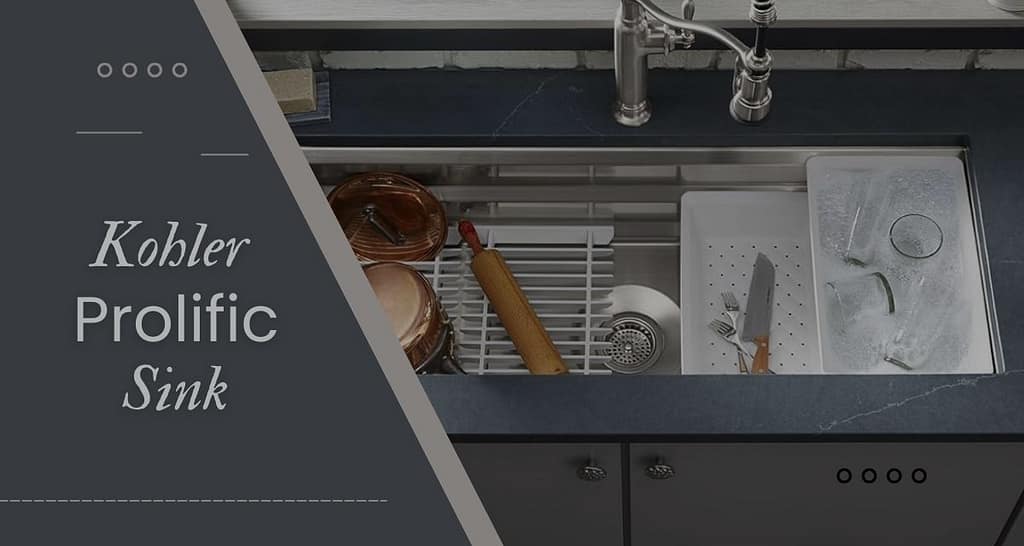
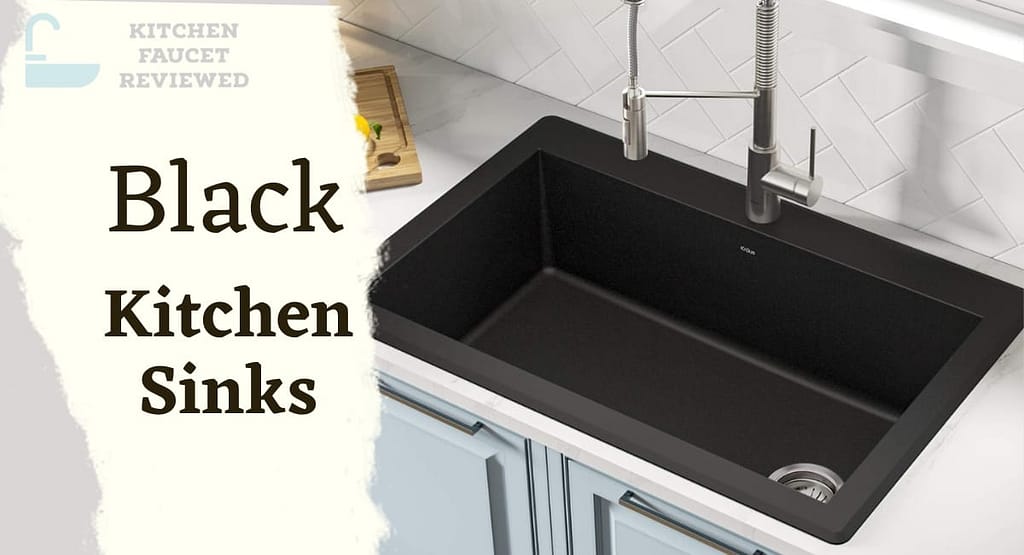
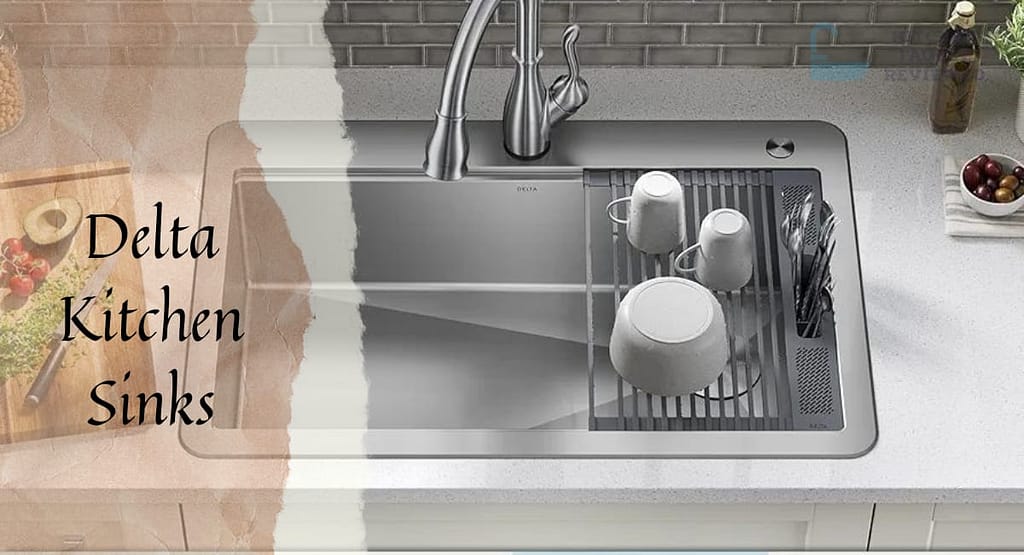
I have a black Bianco sink – am distinctly unimpressed – does not clean well, starting to find brillo pads only way and still looks bad – next sink will be an old fashioned bright stainless steel one – or even an old fashioned Belfast earthenware sink – which will see all the rest out